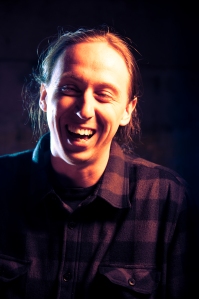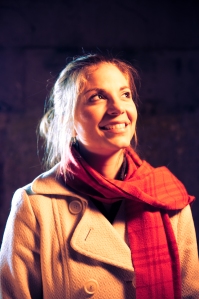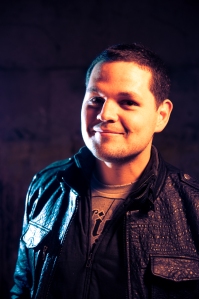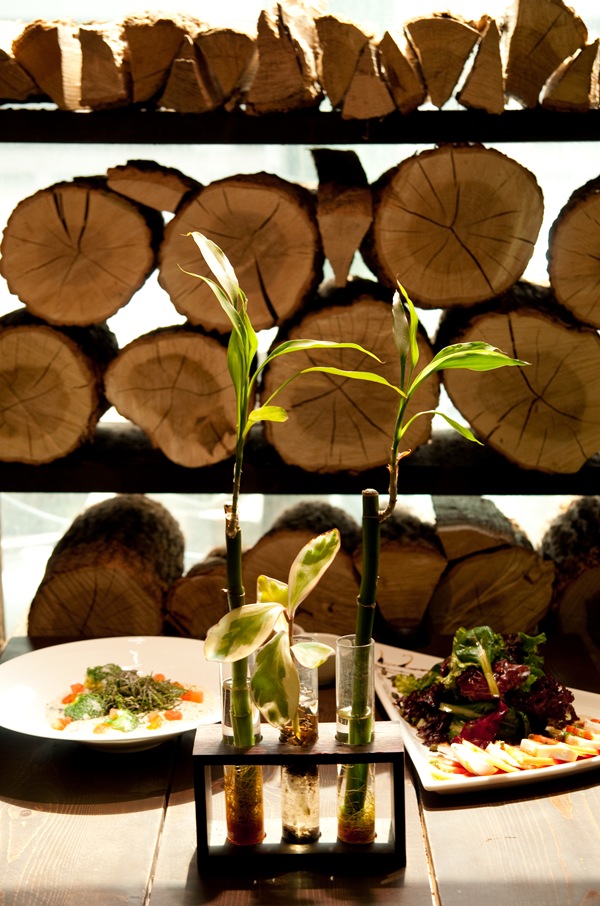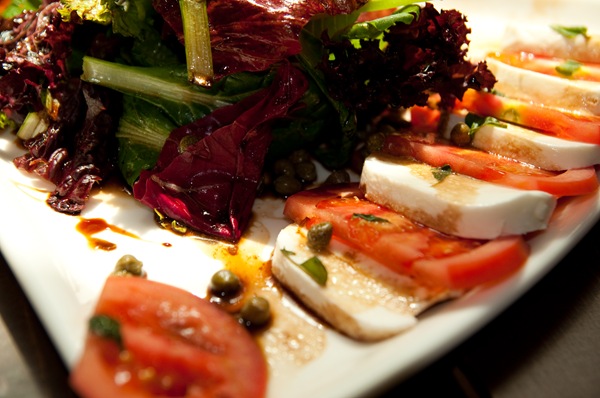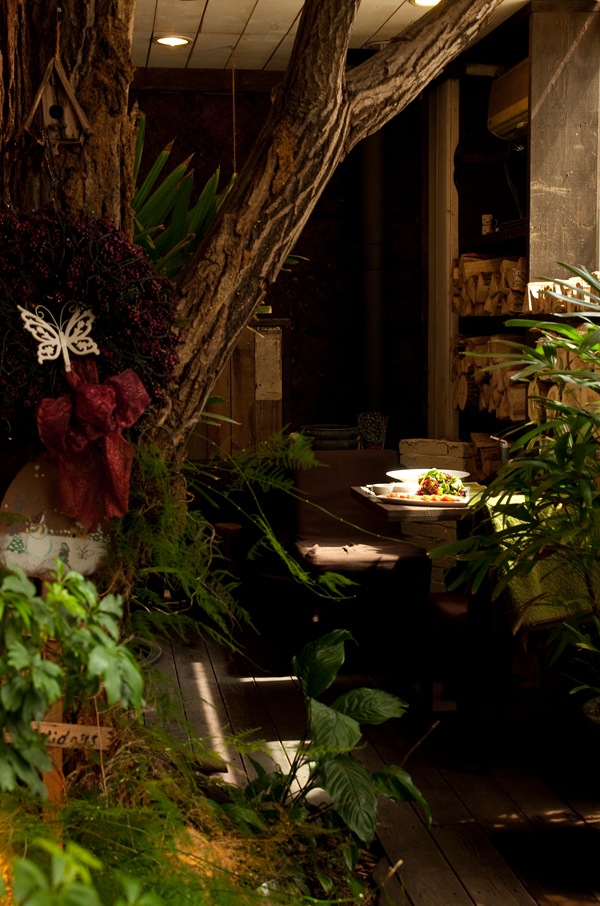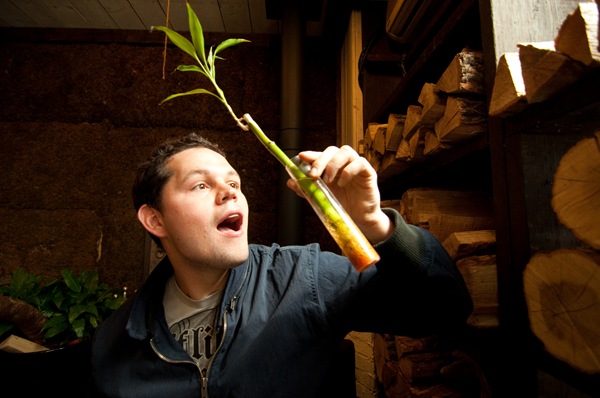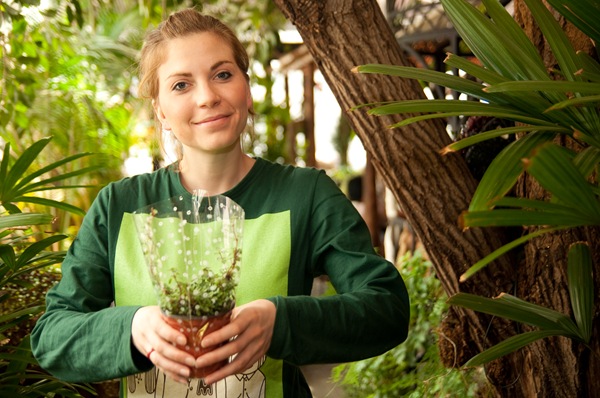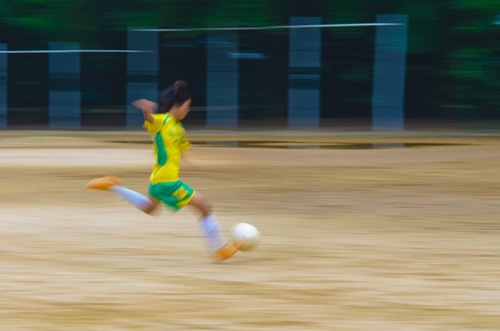
Greg James Hanford. Rockstar. Welshman.
I knew this was going to be fun.
Greg is one of the most easygoing people I’ve ever met and when I shot his band, Solitaire Love Affair back in January we did a little groundwork for what would become our interview and photoshoot. We drank a few beers, Greg played his guitar in the street and we had a crew of nearly a dozen folks working together downtown… could have been Rolling Stone out there (If anyone from Rolling Stone is reading, yes, I do accept your job offer).
The story I wrote on Greg can be seen in the April 2010 edition of Groove Magazine. Here we’re going to stick to the photos.
The Shoot
I enlisted the help of the Seoul Photo Club and the Seoul Strobist Club to shoot James one afternoon in Itaewon. It was all hands on deck and flashes at full power; not sure if any of us will ever get our eyesight back. Certainly Greg won’t. What a trooper.
I had four different shots drawn up and diagramed, though I knew we’d go with whatever was feeling right at the time. The final package is a touch different than what I originally envisioned, but I’m happier than I’ve been in a long time post-shoot.
Preparation



I did more prep for this shoot than I usually do because I had some time and because I was going to be doing fairly involved set-ups with a lot of people; I didn’t want to waste valuable time. Plus, I only had two hours to shoot and interview Greg before he had to play at Castle Praha. Crunch time.
You can see that I’m not using a fancy little iPhone app. to outline my shots. I draw these up when I’m not sleeping on the subway, fire them off to everyone involved in an email and call it a day. They look a touch better than my usual diagrams, but I’ll admit, they’re a little sterile.
Where’s the love?
Another reason I prepped as much as I did for this is because I like to do this kind of work in a single frame; I like to shoot people handheld because I can move and connect and talk and not have to worry about trucking a movement-restricting tripod around with me. That means single frames, no bracketing, no dropping people into this frame and out of another (to an extent). Maybe one day I’ll learn to be patient.
On the street
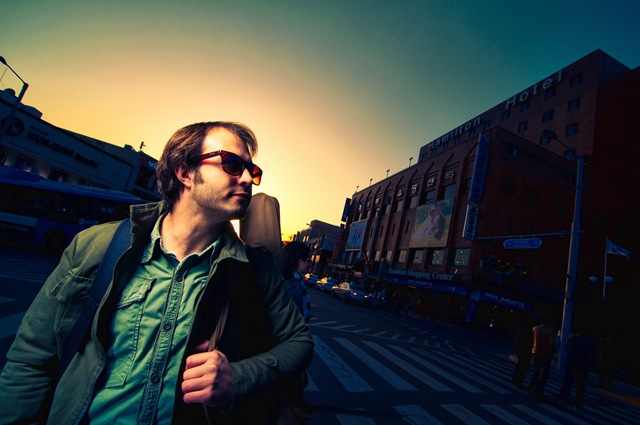
We prepped in the parking lot of the Hamilton Hotel and though we were nearly killed by a Hyundai and then a Mercedez, we were ready to go by the time Greg arrived.
I’m not stranger to this setup; I’ve done it a few times and it was in fact one of the very first styles of off-camera flash work I practiced when starting out last spring; key high and tight, sunset in the background, street life playing a little symphony. Simple stuff, until you borrow a little inspiration from the light god himself, Strobist.

That’s the Seoul Photo/Strobist Club helping me out, flashes strapped to each of their cameras. Greg is far too chill to come off as an arrogant rock star, so I decided that this frame and this attitude wasn’t to be the winner. I love everything else about it, though. Even the green gaffers tape I used to rig the recievers to the flashes. Yeah, that’s right.
There are 7 flashes in this scene: SB-80DX, softbox, high camera right as key / SB-900 w David, camera left / SB-80DX w Dylan, Camera right / SB-25 w Megan, camera right / Canon Flash w Aaron B, camera right. We triggered the Canon and the SB-900 optically and used Flashwaves Triggers for the rest. I love ‘em. I’ve never set off one of my flashes from the moon so I don’t need the range (or size) of pocket wizards.

Now the music is doing the talking. This is much more Mr. Hanford than the last frame. Same lights, same spacing, different attitude (I need to use another word… attitude makes me sound like a judge on America’s Next Top Model. Not like I’d know that, though). Attitude!
EPIC SUNSHINE!
I’ve had a few questions about the processing I did on the street shots. It’s nothing more than a little lightroom experimentation. First, I started by layering in some black and adding contrast to deepen the scene. Then I adjusted colour and saturation (bringing out the guitar and Greg’s clothing) before turning to the highlights and shadows. This is where the processing becomes prevalent; I took the highlights from neutral to a bright yellow and desaturated and did the same with the shadows, but using blue. I went back and tweaked the overall saturation until I had a mix that I wanted and presto – EPIC SUNSHINE! I have been using this processing preset more and more – especially on my travel photos – and I love the result. It alters the colour and tones on just about everything but human skin.
In The Back Alley
I took Greg into the back alley and I…
this isn’t an episode of Red Shoe Diaries, people. We’re here to talk about the light.
 You’ll find this photo was mapped out in diagram two. Is this what I thought I was going to get when I drew it up? No, not really. Tons of ugly flares, small light sources (thank forgetting to zoom the heads and the spacing for that) and just a general awkwardness overall. I like it, though. I should have stuck with this and had Greg get a little pensive, look down at his guitar and pose a little, but I didn’t. Just made the one frame.
You’ll find this photo was mapped out in diagram two. Is this what I thought I was going to get when I drew it up? No, not really. Tons of ugly flares, small light sources (thank forgetting to zoom the heads and the spacing for that) and just a general awkwardness overall. I like it, though. I should have stuck with this and had Greg get a little pensive, look down at his guitar and pose a little, but I didn’t. Just made the one frame.
Getting the frame I did want with this set up was simple enough. All we had to do was turn the VAL’s around. The light bouncing off the walls – four of them – provided the backbone of the silhouette shot and another light in a softbox a few miles to the right added a touch of detail to the guitar and the shades on Greg’s face.

The light: SB-28 @ very low power, camera right, softbox, for rim and highlights on guitar/glasses /SB-80DX, bare, shot into the wall, Camera right / SB-900, bare, shot into the wall, Camera right / SB-25, bare, shot into the wall, Camera left / SB-80DX, bare, shot into the wall, Camera left
 Same lights here. I love this frame for what it could have been; it could have been as righteous as the Summer of ‘69 cover, but I don’t think Greg was cool with smashing his new guitar into a million pieces before he had to go on stage. I wasn’t too worried, though. I knew he had it. I should have pushed the envelope. He’s a rockstar, after all. He’s likely to push a few televisions out of hotel windows before his days are done. What’s a single broken guitar at the end of the day?
Same lights here. I love this frame for what it could have been; it could have been as righteous as the Summer of ‘69 cover, but I don’t think Greg was cool with smashing his new guitar into a million pieces before he had to go on stage. I wasn’t too worried, though. I knew he had it. I should have pushed the envelope. He’s a rockstar, after all. He’s likely to push a few televisions out of hotel windows before his days are done. What’s a single broken guitar at the end of the day?
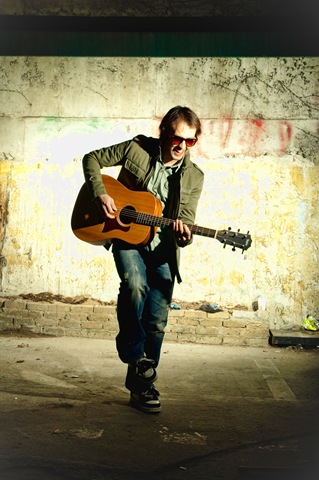 I went with one extra light in this scene to carve Greg off the background. Again, I think this is him; happiest when he’s playing, pleasing the people around him. Not an ounce of angst or annoying rock-god self-importance about him.
I went with one extra light in this scene to carve Greg off the background. Again, I think this is him; happiest when he’s playing, pleasing the people around him. Not an ounce of angst or annoying rock-god self-importance about him.
 I had to give the man the BDS treatment, though. Had to. This is the third lighting diagram and was, in a way, the simplist. It’s a portrait, so there was no jumping around and I didn’t have to worry about timing. No awkward light positions to compensate for. Just straight-up shooting. I had Greg keep the glasses on for this one so I could catch the massive reflector as it bounced light back onto his face.
I had to give the man the BDS treatment, though. Had to. This is the third lighting diagram and was, in a way, the simplist. It’s a portrait, so there was no jumping around and I didn’t have to worry about timing. No awkward light positions to compensate for. Just straight-up shooting. I had Greg keep the glasses on for this one so I could catch the massive reflector as it bounced light back onto his face.  You put a guitar in this man’s hands and he’s going to break into a smile. There’s no way around it. That’s the genuine stuff right there, too. I think you can feel that in this frame.
You put a guitar in this man’s hands and he’s going to break into a smile. There’s no way around it. That’s the genuine stuff right there, too. I think you can feel that in this frame.
The light: SB-80DX, high camera right in a softbox, two CTO gells / SB-80Dx, monopod, behind Greg camera right, rim / silver reflector, low camera left.
 One last trick to pull out of the bag.
One last trick to pull out of the bag.
The often-neglected ring light. I love this thing, but I don’t use it enough to warrant a steady place in my kit and it’s a pain in the ass to lug around. When I do use it, though, I love the results. I could have gotten close to the same effect here with a strobe since the catchlight isn’t as pronounced as it could have been had I been closer, but those shadows are just too smooth to mess around with. BDS, but in another way.
At the Show
We went inside. We had a few drinks. We talked for a while, I made some notes, took some quotes, had another beer. Then Greg took the stage. I tossed in a little light, got up close and personal and made frames of the create in his natural habitat, the place he is most comfortable in this world. I’m not a live music shooter – hard to move the light stands around that quickly – but this was a joy to shoot. Even if I did bump into half a dozen people trying to eat dinner and trip a waitress carrying a bottle of red wine.
I want to be a rockstar, too. 
The Light: SB-80DX on a monopod, bare, bounced into the ceiling (above frame and both below).

 And one more frame, this one from the original Solitaire Love Affair session I attended, where I met Greg and we worked together for the first time. One of my favorite frames of all time, but not something that suits Greg’s personality or his style of playing. It’s a little more Cash…and if you know the album cover I borrowed this idea from, I’ll buy you a drink.
And one more frame, this one from the original Solitaire Love Affair session I attended, where I met Greg and we worked together for the first time. One of my favorite frames of all time, but not something that suits Greg’s personality or his style of playing. It’s a little more Cash…and if you know the album cover I borrowed this idea from, I’ll buy you a drink.
 In the end, I think we came away with some frames to make Greg and the crew happy. I’d like to thank Aaron Brown , Shannon Lunsford, Aaron Raisey , David Sheldrick , Megan Ahrens , Alex Murry and Dylan Goldby and Greg for all their hard work and for putting up with me all afternoon. That deserves a reward in and of itself.
In the end, I think we came away with some frames to make Greg and the crew happy. I’d like to thank Aaron Brown , Shannon Lunsford, Aaron Raisey , David Sheldrick , Megan Ahrens , Alex Murry and Dylan Goldby and Greg for all their hard work and for putting up with me all afternoon. That deserves a reward in and of itself.
Thought I’d show my appreciation this way. Don’t hate me.

